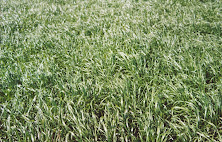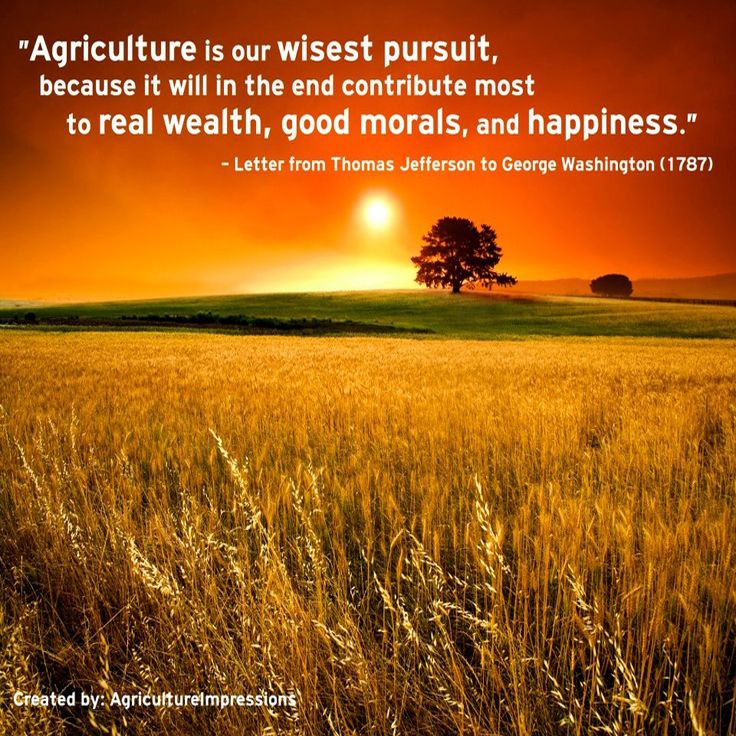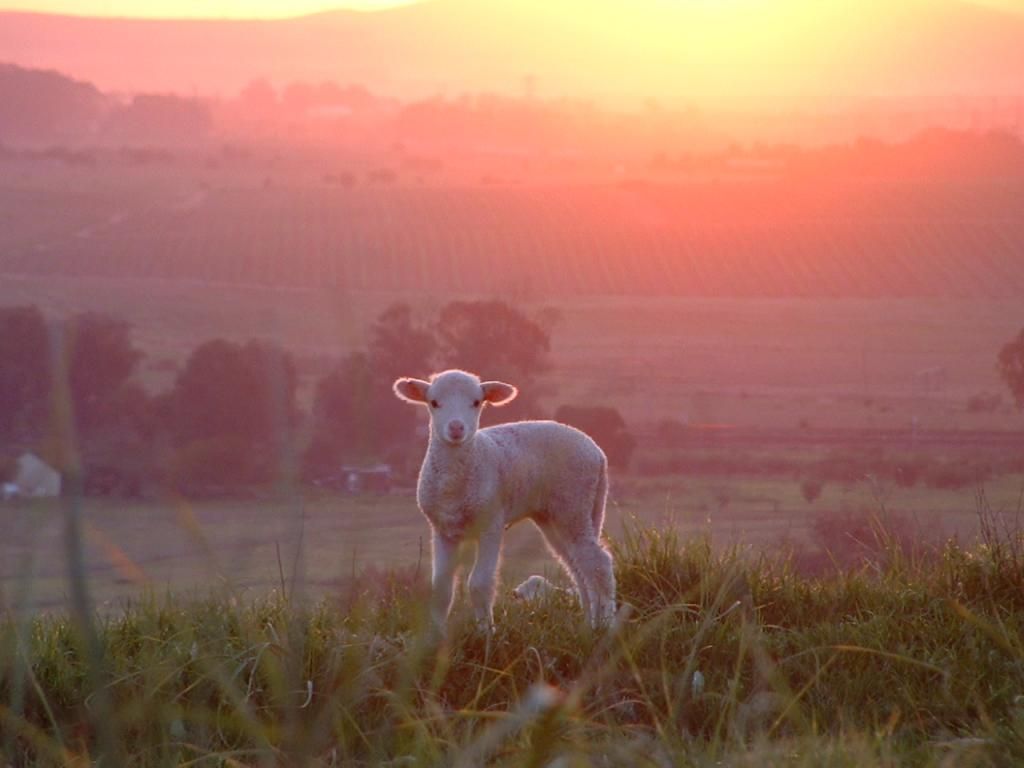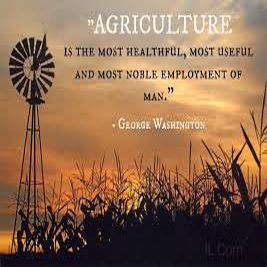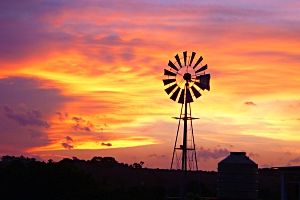 Vultures in Africa are decreasing at
an alarming rate with multiple threats causing a steep decline in their
numbers. One of these being the negative impact the Eskom grid has on the
survival of the vultures. Cape Vultures are classified as regionally endangered
and globally vulnerable with under 4000 breeding pairs left.
Vultures in Africa are decreasing at
an alarming rate with multiple threats causing a steep decline in their
numbers. One of these being the negative impact the Eskom grid has on the
survival of the vultures. Cape Vultures are classified as regionally endangered
and globally vulnerable with under 4000 breeding pairs left. The Cape Vulture is the only endemic vulture species in southern Africa and has already become extinct as a breeding species in Namibia, Zimbabwe and Swaziland.
Eskom has a history of re-active
mitigation as opposed to pro-active mitigation and continues to operate largely
in this manner. Despite numerous pleas for this attitude to change, this manner
of ‘treating’ the problem continues to operate. It is now more than ever, vital
that Eskom becomes more active in preventing the total decline of all vulture
populations in Southern Africa.
 The recent discovery of another four
Cape
The recent discovery of another four
Cape The Eskom network of power lines

During 2015, Vulpro has been inundated
with maimed birds due to a direct negative interaction with the Eskom network. A
large percentage of these birds collide with the infrastructure resulting in
permanent wing damage. The majority of these vultures will never be able to be released.
In addition to this, a large number of electrocuted birds have been reported.
Should this trend continue, the Cape Vulture in particular, will face imminent extinction.
Kate Webster
Cape Vulture in Crises
045 839 4716

